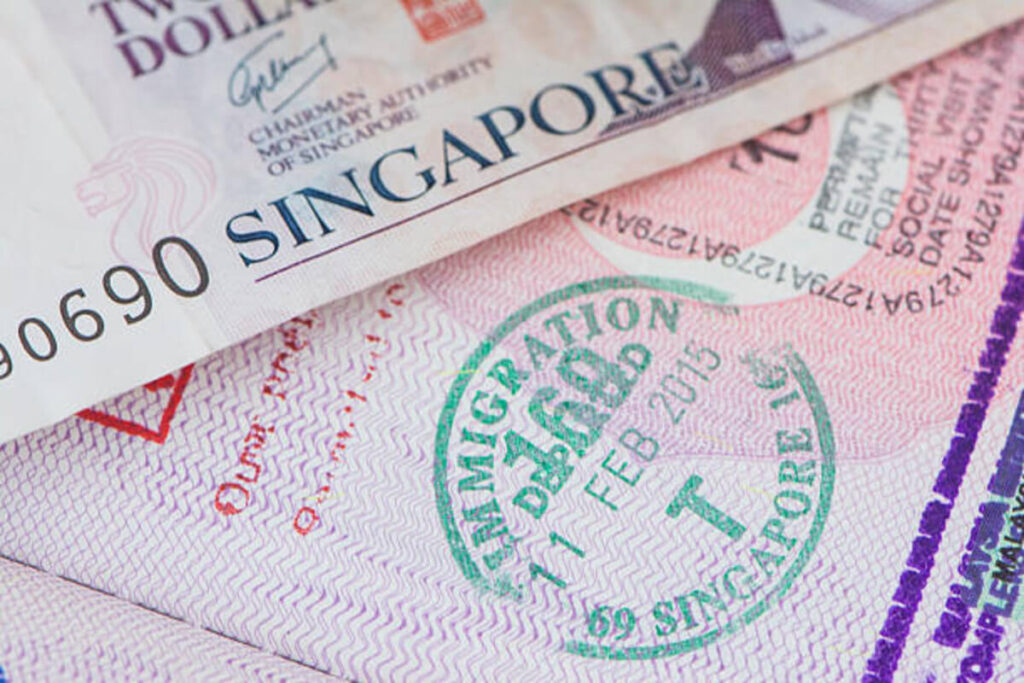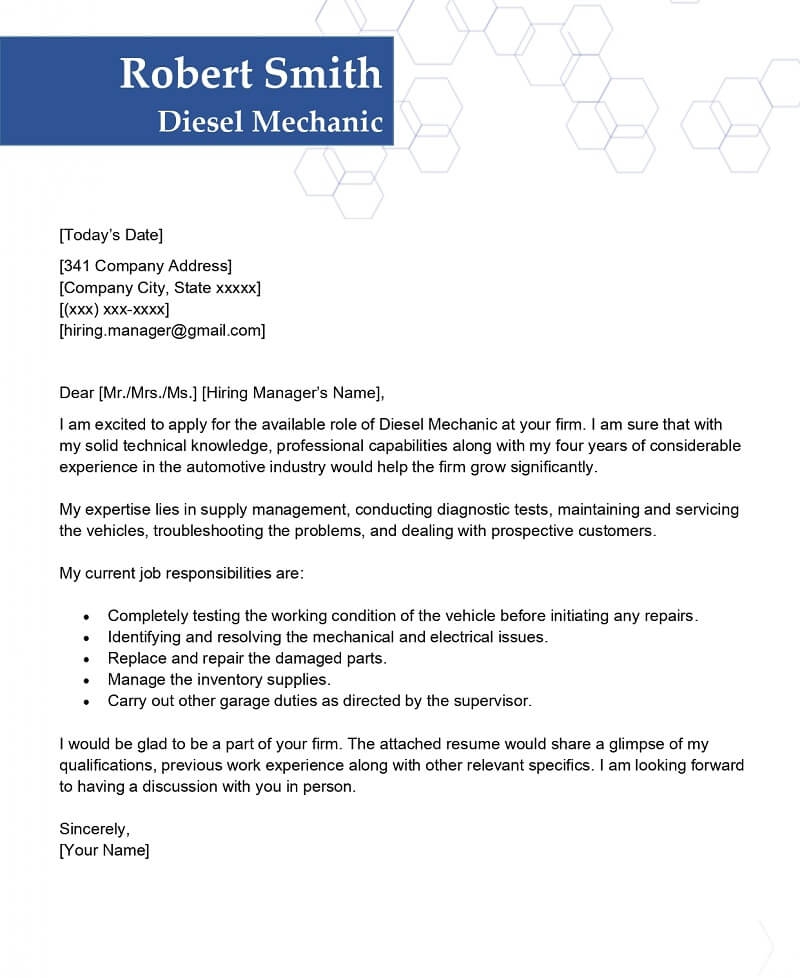Working in the United States is a dream for many professionals, students, and workers worldwide. Each year, thousands apply for visas to live and work legally in America, but the process can often feel challenging. For 2026/2027, new opportunities and programs are available that make this goal easier to achieve.
Advertisement
USA Job Grant & Visa Sponsorship Opportunities 2026/2027: Complete Step-by-Step Guide provides clear information on visa categories, in-demand industries, eligibility requirements, and benefits. This guide is designed to help you prepare effectively, avoid confusion, and increase your chances of success when applying for work and visa sponsorship in the U.S.
What Does U.S. Work Visa Sponsorship Mean?
U.S. work visa sponsorship is a critical requirement for foreign nationals seeking legal employment in America. Unlike visitor or student visas, a work visa almost always requires a U.S. employer to file a petition on behalf of the applicant. The employer must demonstrate that no suitable American worker is readily available for the position and that the foreign candidate has the skills or qualifications required.

For employees, sponsorship provides legal authorization to work and often opens doors to long-term residency options. For employers, it ensures access to global talent needed to fill critical workforce gaps across key industries.
Read: Top Immigration Lawyers and Agencies You Can Trust
Major U.S. Work Visas That Require Sponsorship (2026/2027 Updates)
The U.S. offers several work visas that require employer sponsorship, each tailored to specific worker categories. These visas range from temporary programs for seasonal jobs to highly competitive slots for skilled professionals. Understanding the right visa type is essential because requirements, validity periods, and benefits differ widely.

Some visas, like the H-1B, are capped annually and highly competitive, while others, such as the EB-3, can lead to permanent residency. For 2026/2027, updates to programs like H-2B and EB-3 make them especially attractive to workers from diverse backgrounds. Below is a breakdown of the most common U.S. work visas.
H-1B Visa Specialty Occupations
Requirements:
- Bachelor’s degree or higher in a specific specialty.
- Job offer from a U.S. employer.
- Validity: Initially up to 3 years, extendable to 6 years.
- Application Process: Employer files Form I-129 with USCIS. Subject to an annual cap and lottery system.
L-1 Visa Intra-Company Transfers
Requirements:
- Employment with the company abroad for at least one year.
- Position as an executive, manager, or specialized knowledge employee.
- Validity: Up to 7 years for executives/managers; up to 5 years for specialized knowledge employees.
H-2B Visa Temporary Non-Agricultural Workers
Requirements:
- Job offer for a temporary position.
- Employers must demonstrate a shortage of U.S. workers.
- Validity: Up to 1 year, with possible extensions.
- Recent Update: USCIS authorized additional H-2B visas for FY 2025 to meet labor demands.
EB-3 Visa Skilled, Professional, and Unskilled Workers
Categories:
- Skilled Workers: Jobs requiring at least 2 years of experience or training.
- Professionals: Jobs requiring a U.S. bachelor’s degree or foreign equivalent.
- Unskilled Workers: Jobs requiring less than 2 years of experience or training.
- Application Process: Employer files Form I-140 with USCIS. Labor certification from the Department of Labor may be required.
H-2A Visa Agricultural Workers
- Requirements: Employers must prove local labor shortages.
- Typical Roles: Harvesters, farmhands, greenhouse workers.
Read: Best Health Insurance Plans for New Immigrants in 2025
High-Demand Job Sectors Offering Visa Sponsorship
Visa sponsorships are closely tied to industries facing labor shortages in the U.S. For 2026/2027, sectors like IT, healthcare, and education continue to dominate demand for skilled workers. Meanwhile, industries such as hospitality and agriculture rely heavily on foreign nationals for seasonal or labor-intensive roles.
Knowing which sectors actively sponsor visas gives job seekers a competitive edge when applying. Companies in these industries are not only more open to hiring foreign workers but also more familiar with navigating the sponsorship process. Below are the most in-demand U.S. job sectors currently offering visa sponsorship opportunities.
Information Technology (IT) and Engineering:
- Roles: Software developers, data analysts, network engineers.
- Visa Types: H-1B, L-1.
- Employers: Tech companies, startups, multinational corporations.
Healthcare:
- Roles: Registered nurses, physical therapists, medical technologists.
- Visa Types: H-1B, EB-3.
- Employers: Hospitals, clinics, healthcare agencies.
Education:
- Roles: Teachers, professors, educational administrators.
- Visa Types: H-1B, J-1 (Exchange Visitor Program).
- Employers: Schools, universities, educational institutions.
Hospitality and Tourism:
- Roles: Hotel staff, restaurant workers, tour guides.
- Visa Types: H-2B.
- Employers: Hotels, resorts, travel companies.
Agriculture:
- Roles: Farm workers, laborers.
- Visa Types: H-2A (for agricultural jobs).
- Employers: Farms, agricultural businesses.
Step-by-Step U.S. Job Grant Visa Application Process
The application process for a U.S. work visa involves multiple steps, each requiring careful attention. It begins with securing a job offer from an employer willing to sponsor your visa. From there, the employer files petitions and, when required, applies for labor certification to demonstrate a shortage of American workers.
Once approved, applicants move forward with embassy applications and visa interviews. Because processing times and requirements can vary, applicants are encouraged to stay organized and proactive. Below is the general step-by-step outline of how most job grant visa sponsorship applications are completed.
- Job Offer: Secure a job offer from a U.S. employer willing to sponsor your visa.
- Employer Petition: The employer files a petition with USCIS (e.g., Form I-129 for nonimmigrant visas or Form I-140 for immigrant visas).
- Labor Certification: For certain visas like EB-3, the employer must obtain a labor certification from the Department of Labor.
- Visa Application: Once the petition is approved, you can apply for a visa at a U.S. embassy or consulate.
- Interview and Approval: Attend a visa interview. If approved, you will receive your visa.
- Travel and Employment: Enter the U.S. and begin working for your sponsoring employer.
Benefits of U.S. Job Grant Visa Sponsorship
Receiving job grant visa sponsorship comes with numerous benefits beyond simply obtaining employment. Sponsored workers gain legal authorization to live and work in the United States, often with the option of bringing immediate family members. For those seeking permanent relocation, visas like EB-3 provide a direct pathway to a green card.

Additionally, American work experience enhances career prospects worldwide, as U.S. companies are leaders in innovation and professional development. Sponsored employment also ensures access to competitive wages and job security. For many workers, sponsorship marks the beginning of a life-changing career and personal journey in the U.S
Read: How to Build a 6-Figure Remote Career from Any Country
The USA remains a top destination for foreign workers in 2026/2027, offering various Job Grant & Visa Sponsorship Opportunities across sectors like healthcare, IT, education, hospitality, and agriculture. Key visa options include H-1B, L-1, H-2B, H-2A, and EB-3, each with unique requirements and benefits.
The process involves securing a job offer, employer petition, possible labor certification, and a visa interview. Sponsored workers gain legal work authorization, career growth, and in some cases, a pathway to permanent residency. This step-by-step guide helps applicants understand requirements and improve their chances of securing U.S. employment.


